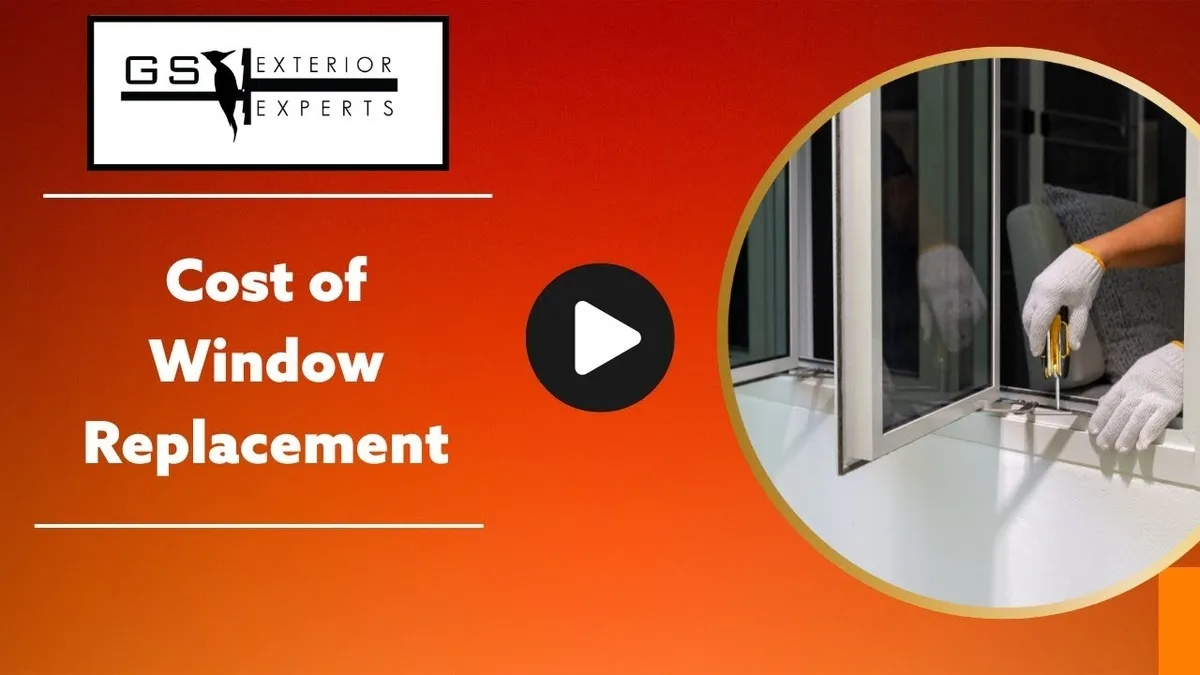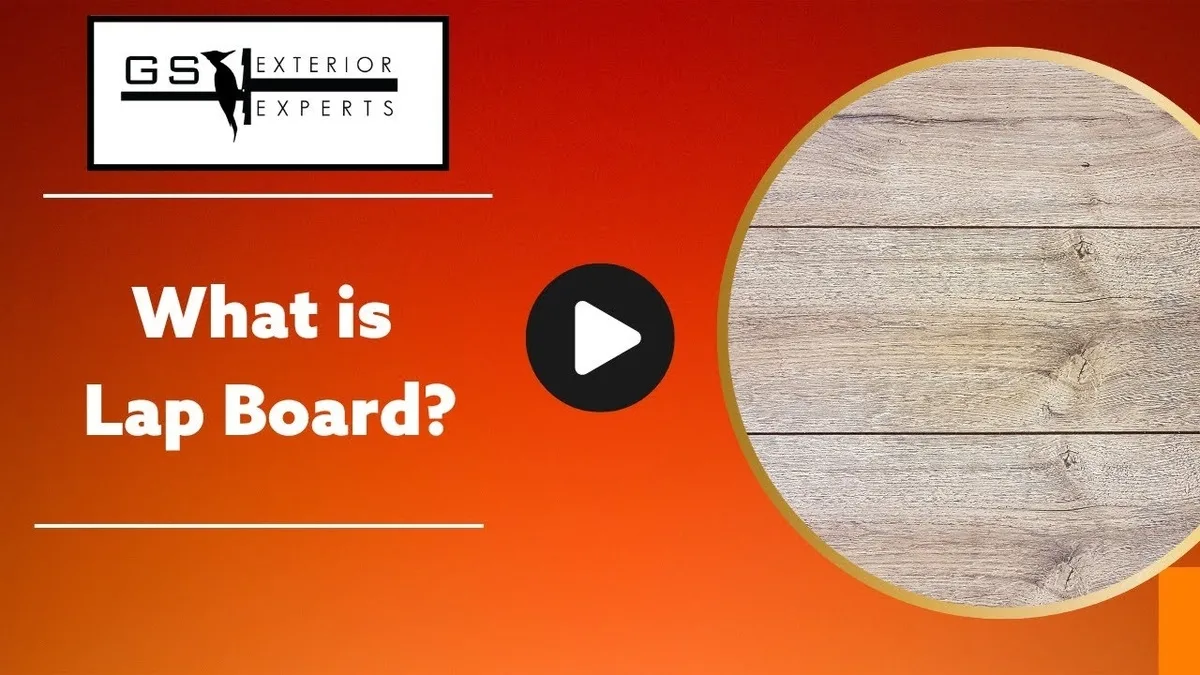Every roof has a lifespan. This is made up of the durability of the shingles, the maintenance of the home, and the cumulative weather-related damage to the roof. Over time, well-built roof transitions from sturdily guarding your home to slowly letting the weather in. It happens over years, often so slowly that you don’t notice. Replacing your roof near the end of its lifespan is the best way to avoid disaster as an older roof starts to collapse or leak.
So how often should you replace your roof? This is an important question that any homeowner should consider. The answer depends on several factors. Consider the roof material, the weather you face, and how well the roof has been maintained so far. These will all play a role in when your next roof replacement will need to be. We’re here to provide a helpful guide to roof replacement time by material, and you can get a specific timeline on your current roof with a simple roof inspection.
Typical Roof Lifespans by Roof Material
- Asphalt and Composite Shingles: 15 to 30 Years
- Wood Shingles and Wood Shake: 20 to 40 Years
- Clay Tile and Slate Roofing: 50 to 80 Years
- Metal Roofing: 30 to 70 Years
Replacing a roof must happen when the shingles wear out and can no longer do their duty. Your roof lifespan range is different for each material that roofs are typically made from.
Asphalt Composite Roof Lifespan
The most common type of roof shingle is asphalt composite. These are made from asphalt layered with other materials like fiberglass and laminate combined with UV-resistant granules. Asphalt composite shingles used to last around 15 years before they became soft and started dropping granules, but now modern asphalt – and especially architectural shingles can last up to 30 years with material and design improvements.
Wood Shingle and Wood Shake Roof Lifespan
Wood shingles and the heavier wood shake can both last a surprisingly long time in good conditions – up to 50 years of well-cared-for and lucky about the weather. There are many historic homes that were built with wood shingle and shake that is still standing today. However, wood shingles are also susceptible to moisture, moss, and mold. Wood shingle or shake roofed homes need regular maintenance, or you could be looking at replacement in as little as 20 years or shorter.
Clay, Slate, and Metal Roof Lifespan
Clay, slate, and metal roofing are all extremely durable and can last upwards of 80 years, but only if they are well-maintained. Each has its own maintenance requirements. To take care of a metal roof, you will need to schedule resealing the surface to prevent integrity loss via corrosion. Clay and slate are brittle, but otherwise, resist weather very well. When tiles break, you will need to replace them regularly during your regional storm season.
Factors that Influence Your Roof Replacement Schedule
The type of roof gives you a practical window for roof replacement, but it’s not the only factor. You should always replace your roof within the lifespan window, as you start to notice repair problems building up. However, a roof that’s had bad luck with the weather and seen extensive damage may need to be replaced sooner than the shingle’s lifespan would suggest. If your roof has been subject to these forces, a roof inspection can tell you if it has accelerated your roof replacement schedule.
High Wind Speeds and a Roof Lifespan
If you live somewhere with high wind speeds, you may lose shingles constantly. As a roof ages, it loses more shingles with each gust. At some point, it becomes more practical to install a new, sturdier roof than to replace the dozens of missing shingles with each wind storm. Metal roofs are a good choice in extremely windy areas because there are no shingles to lose.
Maintenance Neglect to Roof Lifespans
Failing to maintain a roof can lead to premature decay of the shingles. Moisture can break down asphalt, wood, and even metal roofs over time if allowed to sit. A roof ate away by moss and water decay will need replacing as much as one that a tree branch has hit. Water and neglect combined are the most likely to cause long-term damage to a roof.
Storm Damage Roof Replacements
Storms wreak havoc on roofs. A vicious storm can rip roof sections right off a house or drop large tree limbs directly through the roof and into the attic. Extensive storm damage is often an unavoidable reason to have your roof replaced.
Hail Damage to Roof Shingles
Hail is a unique danger to rooftops designed to withstand sun, wind, rain, and snow. The problem with hail is impact damage. It leaves soft pock-marks of bruised asphalt and wood or even dented metal behind with each heavy ball of ice.
Water Damage and Structural Weakness
Long-term leaks and water damage can decay the beam structure and underlayment of a roof so much that reinstallation becomes necessary for the safety of the home. If your roof is sagging badly, this could mean you need a full reconstructive roof replacement ASAP.
How Often Should You Replace Your Roof?
Now that you have all the information, how often should you replace your roof? By the law of averages, chances are that your home has an asphalt composite shingle roof, which means your range is between every 15 to 30 years – depending on the roof’s performance between years 12-28. Older roofs should expect closer to 15 years, while more newly installed asphalt roofs are more likely to last up to the full 30 years.
First-time homeowners should have their roof inspected in the first year to discover the current state of their roof. Your roof inspector can give you a practical schedule for roof maintenance and a predicted replacement date based on the age and condition of your roof.
To make your roof give its best and longest performance, have an annual inspection and a check-up after each major storm. Make sure moss, leaves, and snow don’t pile up, and keep an eye out for early signs of leaks or problems. With good care and good luck with the weather, your roof can last up to its maximum practical lifespan. Contact us today to schedule a roof inspection, repair, or replacement service.



